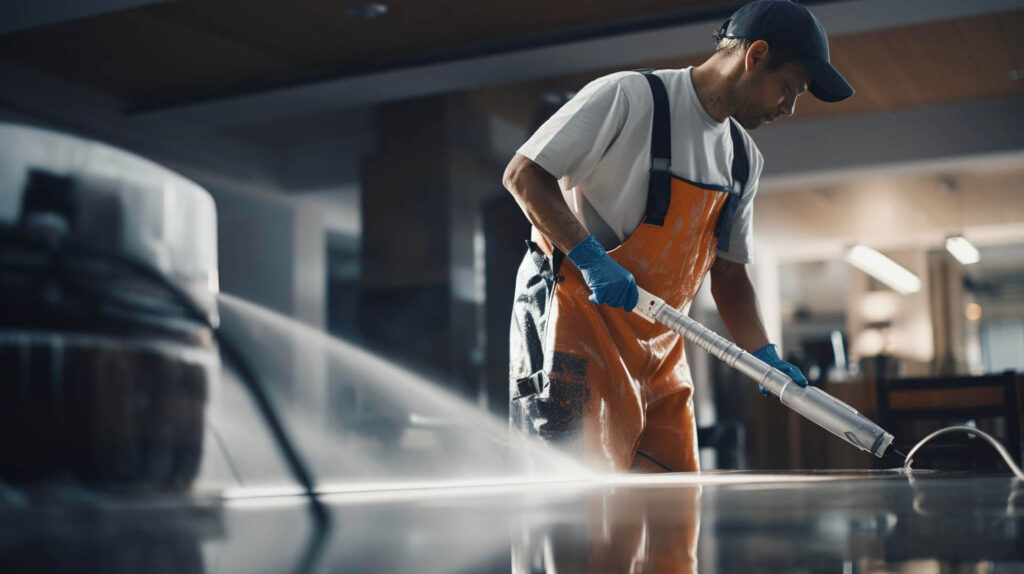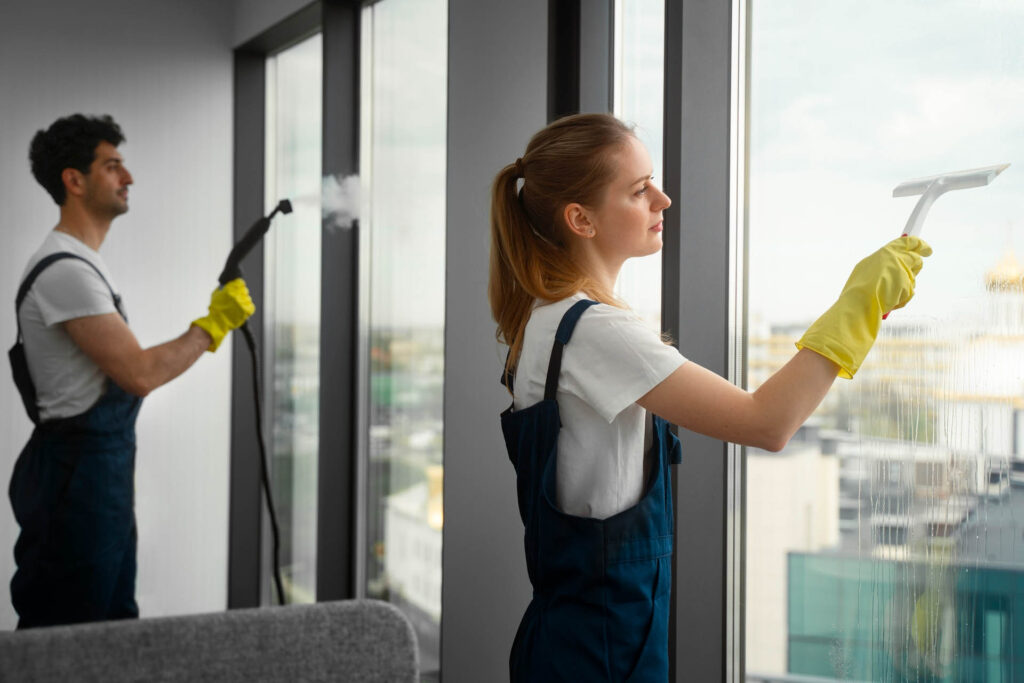Robotics in cleaning involves the use of robotic systems and automation technology to perform cleaning tasks in various environments. This technology is employed to enhance the efficiency, precision, and cost-effectiveness of cleaning processes across different industries.
Autonomous Vacuum Cleaners
Autonomous vacuum cleaners, like the popular Roomba series, are among the most common cleaning robots. They use sensors, cameras, and navigation algorithms to move around a space, detect obstacles, and clean floors automatically. These robots can be programmed or controlled via smartphone apps to schedule cleaning sessions.

Floor Scrubbing Robots
Floor scrubbing robots are designed for commercial and industrial cleaning applications. They are equipped with brushes, water tanks, and detergent dispensers to scrub and clean large floor areas efficiently. These robots often feature advanced mapping and navigation systems to ensure thorough coverage.
Window Cleaning Robots
Window cleaning robots are designed to clean glass surfaces, including windows on high-rise buildings. They typically use suction cups or magnetic systems to attach themselves to windows while cleaning. These robots are equipped with cleaning pads, squeegees, and motors to move vertically and horizontally.

Robotics in cleaning continues to evolve with advancements in technology, making cleaning processes more efficient, cost-effective, and environmentally friendly. These robots are increasingly adopted in residential, commercial, healthcare, and industrial settings to improve cleanliness and hygiene while reducing labor costs and human exposure to potentially hazardous cleaning tasks.